Description
Brown trout (Salmo trutta) is a species of salmonid fish native to Europe and Asia. It was introduced into North America in the late 1800s for sport fishing, and it has since spread throughout much of the continent. Brown trout are an excellent game fish and are popular among anglers. They feed on aquatic insects, crustaceans, and small fish, and they can reach lengths of up to four feet. They are highly adaptable and can live in a variety of habitats, from fast-flowing rivers to slow-moving streams. They have a golden brown body with dark spots, and their tails are usually marked with an oval or diamond pattern. They are good fighters when hooked, and they make an excellent addition to any angler’s catch. So if you’re looking for a fun challenge, try your luck at catching a brown trout! You won’t be disappointed.
Environment
Brown trout are well-adapted to a variety of different habitats, and they can be found in both fresh and saltwater environments. In freshwater ecosystems, they prefer cold and moderately fast-flowing streams or rivers with plenty of cover such as aquatic vegetation, rocks, logs, or undercut banks. They also like still water pools in areas of low current. In saltwater, they live near the shore in shallow bays, estuaries, and other protected areas. Brown trout usually stay close to their spawning grounds throughout their lives, although some may migrate in search of food or cooler waters during periods of stress or drought. They are highly dependent on good water quality for their survival, and they are sensitive to pollutants. As such, it is important to maintain healthy waters where brown trout can thrive.
Life Cycle
They typically spawn in the autumn as waters begin to cool. The female will build a nest, or redd, in gravel or sandy areas of fast-flowing streams and rivers. The male then releases his milt (sperm) into the water, which fertilizes her eggs. Females can lay up to 5,000 eggs at a time, after which both parents will leave the redd and the fry (newly hatched young) are on their own. The eggs hatch within 2-3 weeks and emerge as alevins (tiny fish with yolk sacs attached). After they absorb the remaining nutrients from their yolk sacs, they become free-swimming fry.
The life cycle of brown trout begins when adults spawn in late spring or early summer by laying eggs in clean, gravel beds in rivers or streams. The eggs hatch about two weeks later, and the fry emerges from their shells. They then spend one to four years in freshwater habitats, growing and foraging for food. As they mature into adults, some will migrate downstream or upstream to spawning grounds where they can reproduce. After spawning, parents leave the redd and their young are left on their own. Brown trout usually reach maturity within three to five years and can live up to 10 years in the wild, although they have been known to live much longer in captivity.
Fishing
They are an exciting game fish for anglers of all levels, as they put up a good fight when hooked. They feed on aquatic insects, small fish, and crustaceans and can be fished with a variety of tackle. The best time to target them is during the spring or fall when they are actively feeding. They can also be caught in deeper water during the summer months. Lures such as spinners, spoons, and streamers can be effective for catching brown trout, as can live bait such as worms, crayfish, or minnows. Fly fishing is also a popular technique for targeting brown trout and requires the use of weighted flies that imitate their natural food sources.
When it comes to angling for brown trout, the sky is the limit! With its wide range of habitats and feeding habits, there is always an opportunity to catch this exciting game fish. So whether you’re a beginner angler or an experienced pro, grab your gear and give brown trout fishing a try! You won’t regret it. Good luck!
Physical Characteristics
The brown trout (Salmo trutta) is a species of salmonid fish that is native to Europe, North Africa, and parts of Asia. It has a distinctive coloration, with yellow spots against an olive-brown background. Brown trout also have dark olive-green spots on their sides and along the length of their bodies, which often turn red-orange during the spawning season. They have a deeply forked tail, a fleshy adipose fin on their back near the head, and webbed front fins adapted for swimming. The average length is between 12 and 24 inches, although larger specimens can reach up to 36 inches long. Brown trout are also known to live in both freshwater and saltwater habitats, although they generally prefer cold running water. They have fairly slim bodies with well-developed scales, giving them an armored appearance.
Feeding Habits
They are omnivorous, meaning they feed on both animal and plant material. They mainly eat aquatic insects such as mayflies, caddisflies, stoneflies, and midges, but will also eat small fish, crustaceans (including shrimp), mollusks, and even some terrestrial insects that fall into the water. Brown trout also feed on plant material, including algae and aquatic vegetation. They are opportunistic feeders and will take advantage of any available food source in their environment, making them highly adaptable to different habitats. Brown trout can be seen foraging during the day, but prefer to hunt at night when there is less light and prey availability increases.
Fishability
This is a popular game fish and are sought after by anglers of all levels. They have a reputation for putting up a good fight when hooked, making them an exciting target for both novice and experienced fishermen alike. Brown trout can be found in still waters such as lakes, ponds, and reservoirs, as well as swift-flowing rivers and streams. They can range in size from very small to quite large, depending on the environment they inhabit. In general, brown trout are not difficult to catch as they readily take a variety of lures and bait. Popular techniques for catching brown trout include spinning/casting with lures such as spinners, spoons, or streamers;
Why is this Fish a good mount?
Brown trout are an excellent choice for a mount or trophy due to their unique coloration and impressive size. With their muted olive-brown body and yellow spots, they look great mounted on a plaque or in a shadowbox. Brown trout also typically grow quite large and can reach up to 36 inches in length, making them an impressive addition to any trophy collection. Finally, brown trout are relatively easy to catch and can be found in a variety of habitats all over the world, so you don’t have to travel far to land one. All in all, brown trout make an excellent choice for a mount or trophy and are sure to bring pride and joy to any angler!

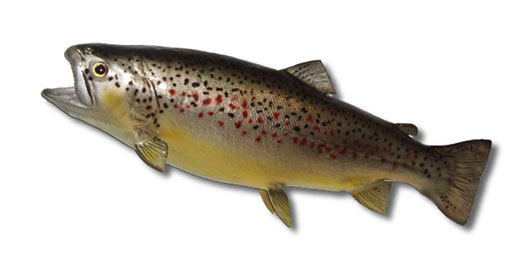
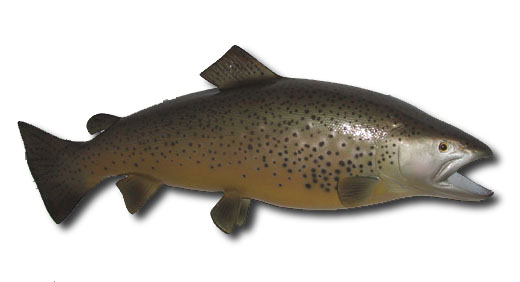
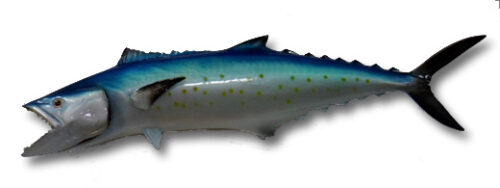
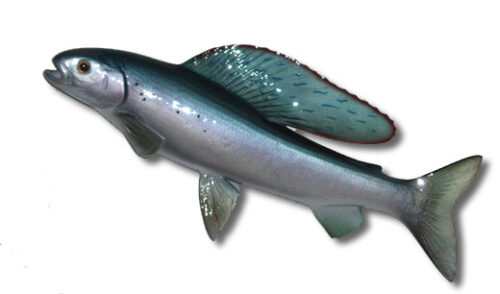
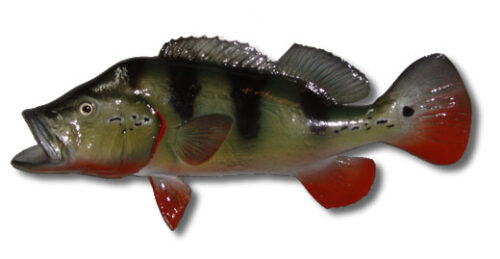
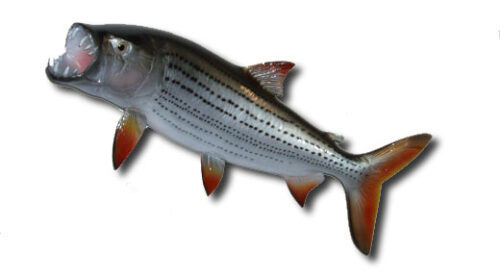
Reviews
There are no reviews yet.